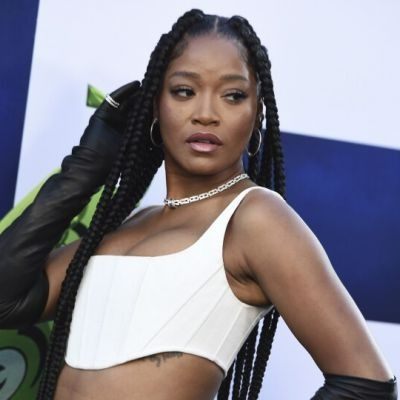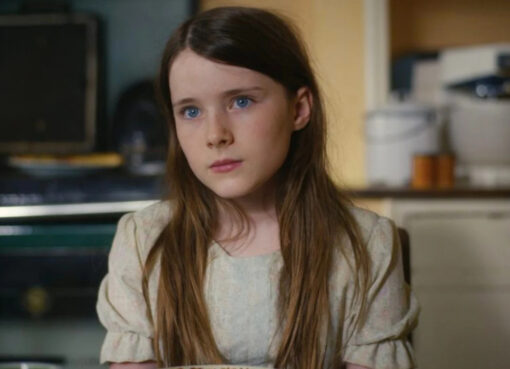Palmer outlined her expertise in the entertainment industry in a series of tweets, calling attention to her “incomparable skill.”
A tweet by @NBAgladiator went popular on social media on July 24. Even though both were kid stars, the user saw a noticeable difference in the course of their careers. The tweet stated that “this may be one of the clearest illustrations of how colorism plays out in Hollywood.”
The discussion was held following Keke Palmer’s enormous success in Jordan Peel’s most recent horror flick, Nope. Many online users claimed that this was the actress’ “breakout moment.” Fans, on the other hand, assert that the 28-year-old has long been well-known.
Palmer responded to the growing discussion over colorism and the contrast between the two black actresses on social media. She said that she didn’t want to be the focus of that conversation.
“A good illustration of colorism is thinking that I may be compared to anyone,” I am the world’s youngest talk show host. The youngest and first Black Cinderella on Broadway, as well as the first Black woman to star in her own Nickelodeon series. I have an unmatched talent. “Keke Palmer here, baby,”
The Alice actress continued by stating that she has had a “good career thus far” and has been a “leading woman” since she was 11 years old.
Why are Keke Palmer and Zendaya examples of colorism, and what does it mean?
The preference for pale skin over a darker complexion is known as colorism. Minority populations are more likely to experience this type of colorism. The idea is founded on racism, which maintains that one’s worth or superiority is defined by their appearance, particularly the color of their skin.
The practice of colorism has its roots in America’s history of plantation slavery. People with lighter skin tones were treated more favorably than people with darker skin tones.
The descendants of their white slave masters made up a large portion of the lighter-skinned enslaved Africans. They developed the idea that they were superior to their darker peers because of their lighter skin. Hollywood has been charged with colorism and whitewashing of persons of color in recent years. Actor and director Lin-Manuel Miranda was charged with the same offense and later offered an apology.
The ABC comedy black-ish addressed colorism in an episode when their child brings home his school pictures. While the son can be seen, his twin, played by Marsai Martin, is hardly discernible because the photographer did not use lighting that was appropriate for her skin tone.
The producer of the show Peter Saji, a mixed-race individual, acknowledged the issue and expressed his gratitude for having light skin.
In addition to being passed over in the dating and employment markets in favor of lighter-skinned women, dark-skinned Black women also rarely see a dark-skinned woman as the main character’s love interest.
Netizens are drawing attention to the fact that, unlike Zendaya, Keke Palmer is described as a “star in her own right” rather than a “star in the making.” They assert that this is a result of her skin tone, which is paler than Zend aya’s. It’s also important to note that Zendaya has already expressed her wish for her community to have access to the same opportunities that she did in show business.
Also Read: Wife, Girlfriend, And Family Of Adam G. Sevani





